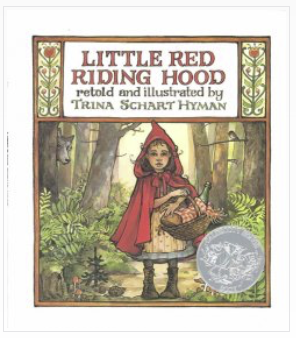The theme is the heart of a story. However, students often confuse theme with the main idea or an important topic. The main idea consists of what the story is mostly about. When the story’s content is studied in depth, typically several relevant topics emerge. In the same manner, a theme cannot be a one-word statement, such as love or courage. These are simply topics in the story. What about love? Where was love shown? How was courage displayed?
The story’s theme delivers a message from the author to the reader, or teaches a lesson or moral. Sometimes this message/lesson/moral is stated, and sometimes it is implied. When relayed, this message must be in the form of a statement and should reflect the true heart of the story.
 Think about fairy tales, folktales, myths, and/or legends you’ve read in years past, and reflect on them. What are some common themes you have identified in these stories? How do you know they are themes and not the main idea or important topics in a story?
Think about fairy tales, folktales, myths, and/or legends you’ve read in years past, and reflect on them. What are some common themes you have identified in these stories? How do you know they are themes and not the main idea or important topics in a story?
You may use visual tools and process questions (as in the Foundations & Frameworks Reading Program) to help students uncover the theme. To help them condense their ideas into a succinct statement, add a fun twist: challenge students to create a Hashtag Theme Statement in 50 characters or less. For example:
#suspiciousthingsandpeopleshouldnotbetrusted.
Foundations & Frameworks teachers can have students add these statements in the “To Think On” section of their SPECS Logs as if they were posting it on social media. This fun exercise can also be given as extra practice before a performance task test.
Condensing the heart of a story into a concisely-worded statement is a challenge. Incorporating a fresh, relevant challenge that sets limits but inspires creative thinking fosters effective learning.
Mary Beth Fields, M.Ed. is a K-12 Reading Specialist, a Clerestory Learning Program Support Specialist, a teacher, professor, and mom to three children — her favorite teachers.



Very insightful comments, Prof. Fields! Thanks for sharing them with us.